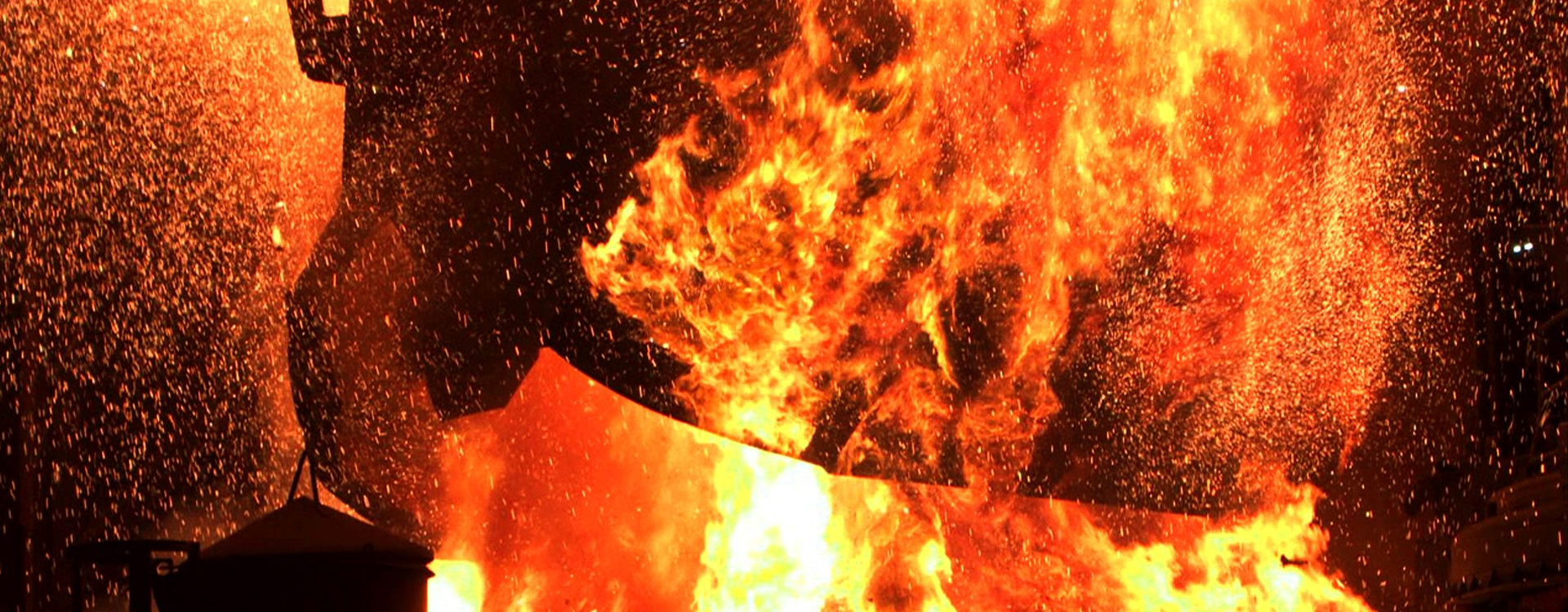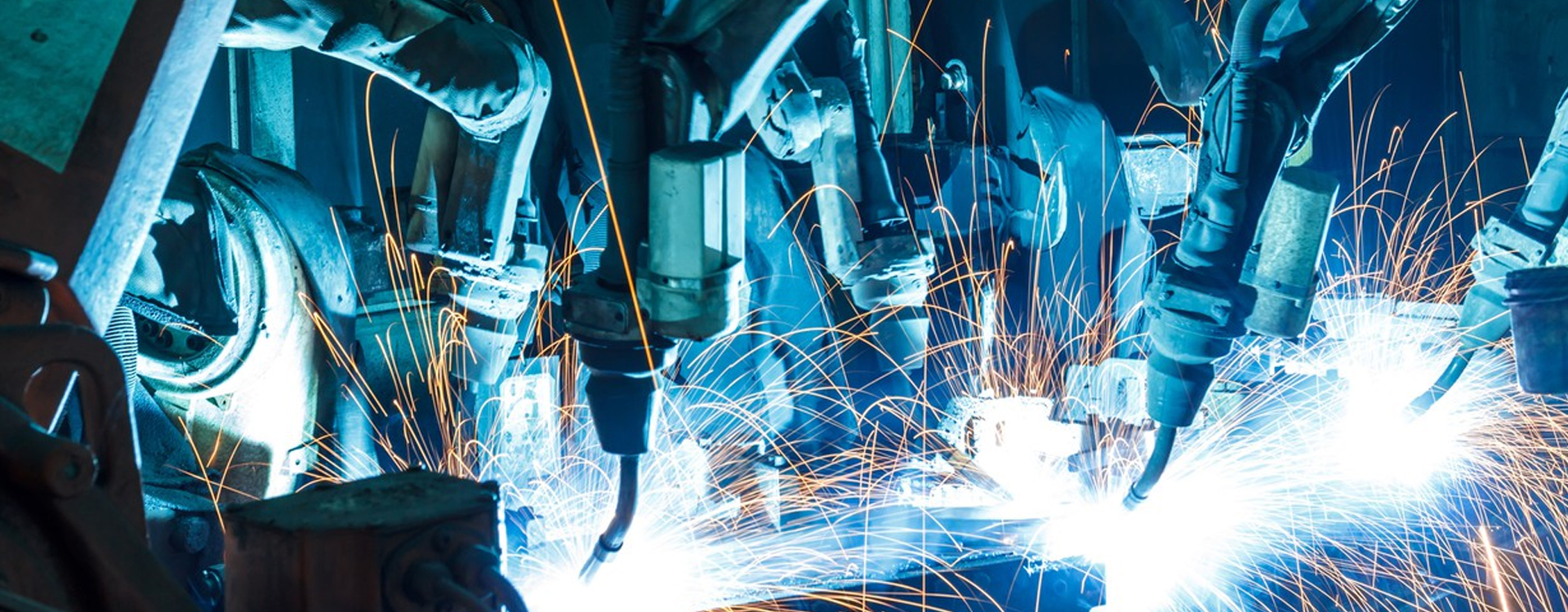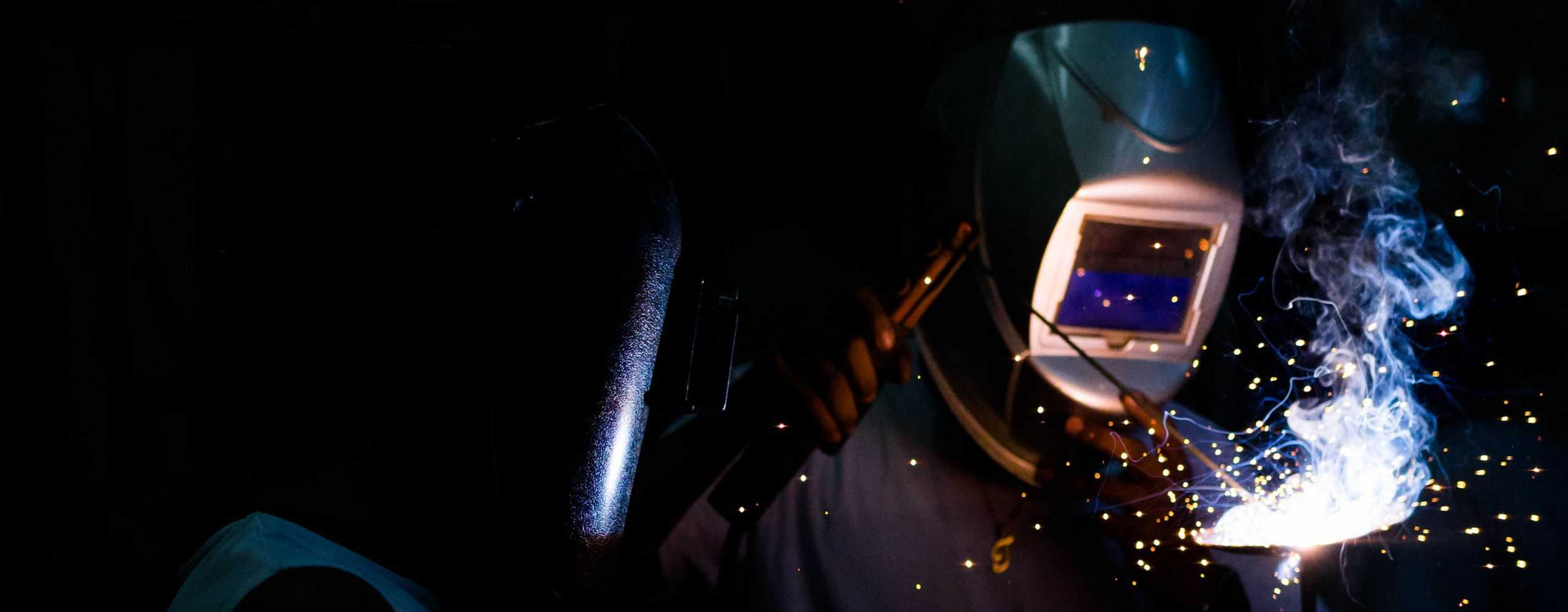Seminar Details
The recent innovation in the gas metal arc welding (GMAW) process, called Cold Metal Transfer (CMT) welding technique, has significantly reduced the heat input during the welding of thinner materials. The CMT welding technique is particularly well-suited for producing defect-free welds, especially when working with thin materials. Furthermore, CMT welding provides superior quality compared to conventional GMAW welding processes, as the microstructural characterization and mechanical properties of CMT welded joints have been demonstrated to be superior. In the pursuit of better efficiency and the latest technological advancements, manufacturers are showing an increasing interest in corrosion resistance, lightweight materials. Such material that has gained popularity is Ti64, Zircaloy-4 and SS304L Stainless Steel. This strong and easy-to-fabricate material finds extensive application in various manufacturing industries such as automotive, medical, construction, Nuclear power plant and aerospace. However, conventional arc welding processes pose several challenges when welding thin Ti64, Zircaloy-4 and SS304L stainless sheets. Burn-through, distortions, splatter, and other flaws are mostly caused by the high heat input. The present study used CMT welding process with ER 308L SS filler wire to weld SS304L samples (1.2 mm thickness) resulting in spatter-free welds due to low heat input and optimum penetration. The trials were carried out using the optimal combination of process parameters, such as welding power and speed, and gap between samples. It is vital to remember that welding process parameters have a significant impact on overall performance and weld quality. Therefore, this research study's findings and conclusions could significantly impact the manufacturing industry's welding processes, particularly for thin austenitic stainless sheets, titanium and zirconium alloys.



